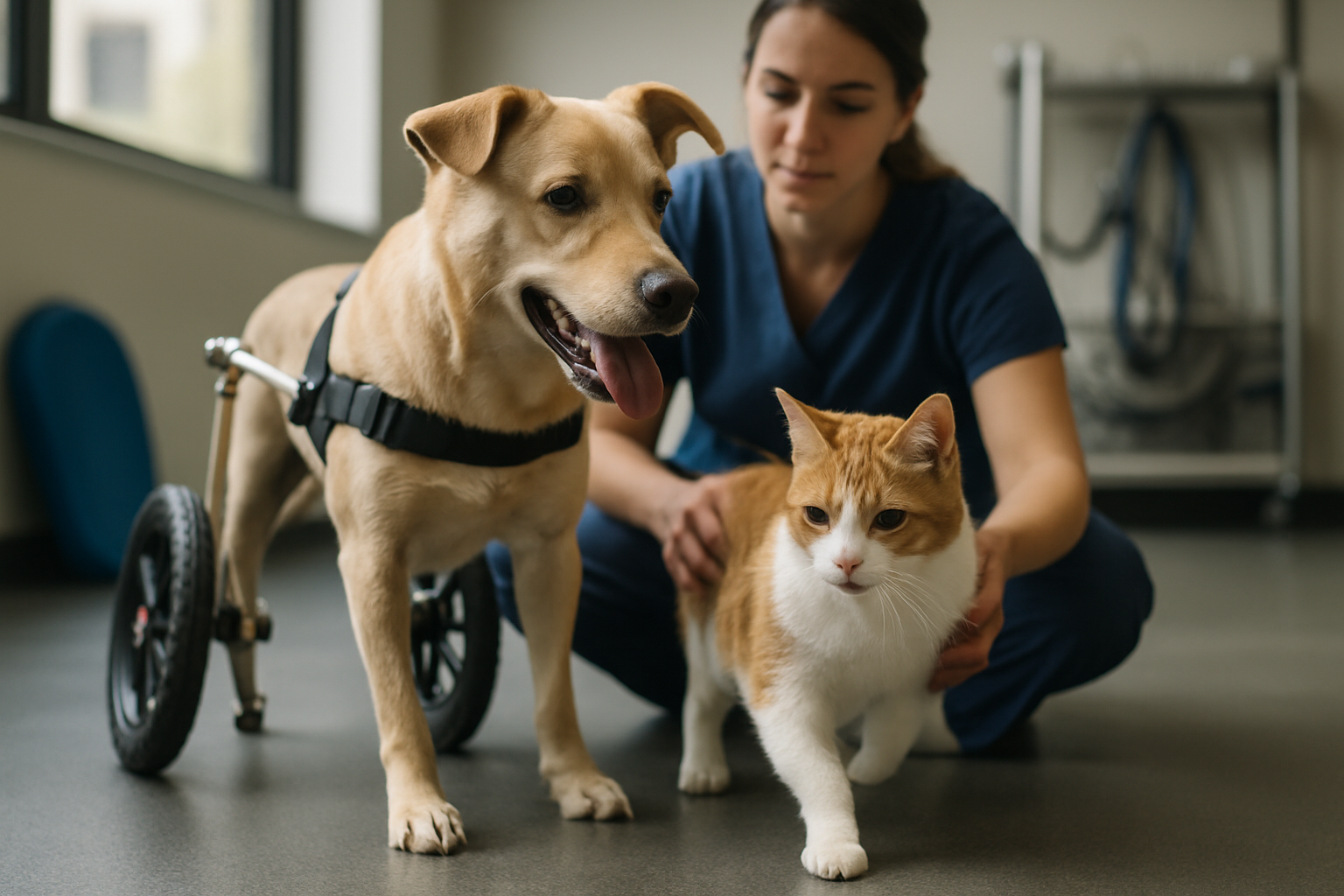Recognizing common warning signs and when to seek veterinary advice
Recognizing early warning signs in pets helps owners respond appropriately and reduces risk of complications. This article outlines common signals in dogs and cats, differentiates urgent from non-urgent issues, and explains when to consult a veterinary professional. Practical tips cover behavior changes, nutrition, grooming issues, parasites, and seniorcare monitoring.

Recognizing common warning signs and when to seek veterinary advice
Pets can show subtle or sudden signs of illness, and knowing what to watch for helps owners act in time. Changes in appetite, activity, elimination, or behavior often indicate underlying problems; some issues require prompt veterinary attention while others can be monitored at home. This article explains common symptoms across species, highlights risk factors linked to nutrition, parasites, grooming, and travelcare, and describes clear thresholds for seeking professional assessment from a clinic in your area. Practical, evidence-minded steps support wellness and safer outcomes for adopted or long-time companions.
This article is for informational purposes only and should not be considered medical advice. Please consult a qualified healthcare professional for personalized guidance and treatment.
Dogcare and cathealth warning signs
Monitor basic functions: eating, drinking, urination, defecation, and sleep. In both dogcare and cathealth, persistent loss of appetite over 24–48 hours, repeated vomiting, severe diarrhea, blood in stool or urine, coughing that persists beyond a day, or difficulty breathing are important signals. Look for temperature changes—fever or hypothermia—lethargy that is out of character, and evident pain such as whining or guarding a body area. Rapid onset of these signs or paired neurological symptoms (disorientation, collapse, seizures) warrants urgent veterinary evaluation.
Behavior and training concerns
Behavioral shifts can be medical or environmental. Sudden aggression, marked anxiety, hiding, or house-training regression may reflect pain, cognitive decline, or metabolic disturbance rather than a training issue. While training adjustments and enrichment can help persistent non-medical behavior problems, abrupt or severe changes should prompt a veterinary check to rule out thyroid disease, pain, infections, or neurological disorders. Describe behavior history clearly to the clinic; integrating training plans with veterinary advice produces better outcomes when health-related causes are excluded.
Nutrition, grooming, and parasites
Unexplained weight loss or gain, sudden changes in coat condition, excessive scratching, or visible parasites are signs to address. Poor grooming habits in cats, matted fur in dogs, flaky skin, and recurrent ear issues often connect to nutrition imbalances, allergies, or parasite burdens such as fleas, ticks, and intestinal worms. A veterinary visit can include parasite testing, dietary review, and tailored grooming recommendations. Regular parasite prevention and balanced nutrition reduce recurring problems; keep records of treatments and feeding routines when consulting a clinic in your area.
Vaccination, microchipping, and travelcare
Lapses in vaccination or microchipping increase risk during emergencies and travel. If a pet is exposed to infectious risks or shows respiratory, neurological, or gastrointestinal signs after travel, contact veterinary services promptly. Microchipping does not prevent illness but helps reunification; ensure registration is current. Before travel, discuss vaccination status, region-specific parasite risks, and travelcare plans with a veterinary professional to reduce the chance of preventable disease or complications during transit.
Enrichment, adoption, and wellness
Newly adopted animals may display stress-related signs that mimic illness: withdrawn behavior, reduced appetite, or mild digestive upset. Enrichment and gradual routines support adjustment, but persistent symptoms—continuous refusal to eat, dehydration, or progressive lethargy—require veterinary assessment. Routine wellness checks provide baseline data and preventive care recommendations, including vaccination schedules and parasite prevention. Pair enrichment activities with nutrition and grooming practices to support overall wellness and detect deviations from normal sooner.
Seniorcare and when to contact veterinary
Seniorcare requires closer monitoring because older pets are more prone to chronic conditions—arthritis, dental disease, kidney or liver dysfunction, heart disease, and cognitive decline. Signs such as increased thirst, frequent urination, persistent coughing, stumbling, difficulty rising, or changes in sleep-wake cycles should prompt veterinary evaluation. Routine bloodwork and urine testing help detect silent disorders. If mobility declines or pain-related behaviors appear, consult a veterinary professional to discuss diagnostics, pain management, and quality-of-life planning.
Conclusion
Regular observation, preventive care, and a basic understanding of warning signs help owners decide when to seek veterinary advice. Address sudden, severe, or progressive changes—especially those affecting breathing, consciousness, or continuous vomiting or bleeding—without delay. For non-urgent but concerning symptoms, schedule a veterinary appointment and provide detailed notes on onset, frequency, and any recent exposures, travel, or diet changes to support accurate assessment and appropriate care planning.





